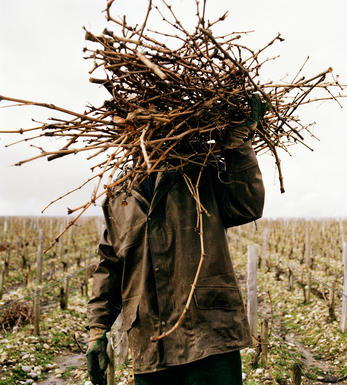
About this WINE

Champagne Alfred Gratien
Based in the heart of Epernay, Gratien are a top league traditional house, dating back to 1864. Chef des Caves, Jean-Pierre Jaeger has had 40 years experience and has a rigorous quality-driven philosophy which restricts production to 250,00 bottles a year. They have, of late, raised their game and now sit alongside the greatest names in Champagne.
The signature of the house is a combination of freshness and longevity, achieved through the suppression of the malolactic fermentation after an initial fermentation in 250 litre oak casks. They advocate use of all three grape varieties, certainly not shunning Pinot Meunier, given the fruity lift it affords the wines. All cuvées have at least three years in bottle pre-disgorgement, and are allowed additional ageing before shipment. The result is a fascinating portfolio and some of the brightest most attractive older Champagnes in existence.

Brut Champagne
Brut denotes a dry style of Champagne (less than 15 grams per litre). Most Champagne is non-vintage, produced from a blend from different years. The non-vintage blend is always based predominately on wines made from the current harvest, enriched with aged wines (their proportion and age varies by brand) from earlier harvests, which impart an additional level of complexity to the end wine. Champagnes from a single vintage are labelled with the year reference and with the description Millésimé.
Non-vintage Champagnes can improve with short-term ageing (typically two to three years), while vintages can develop over much longer periods (five to 30 years). The most exquisite and often top-priced expression of a house’s style is referred to as Prestige Cuvée. Famous examples include Louis Roederer's Cristal, Moët & Chandon's Dom Pérignon, and Pol Roger's Cuvée Sir Winston Churchill.
Recommended Producers : Krug, Billecart Salmon, Pol Roger, Bollinger, Salon, Gosset, Pierre Péters, Ruinart

Champagne blend
Which grapes are included in the blend, and their proportion, is one of the key factors determining the style of most Champagnes. Three grapes are used - Pinot Noir, Chardonnay and Pinot Meunier.
26% of vineyards in Champagne are planted with Chardonnay and it performs best on the Côtes des Blancs and on the chalk slopes south of Epernay. It is relatively simple to grow, although it buds early and thus is susceptible to spring frosts. It produces lighter, fresher wines than those from Burgundy and gives finesse, fruit and elegance to the final blend. It is the sole grape in Blancs de Blancs, which are some of the richest long-lived Champagnes produced.
Pinot Noir accounts for nearly 40% of the plantings in Champagne and lies at the heart of most blends - it gives Champagne its body, structure, strength and grip. It is planted across Champagne and particularly so in the southern Aube district.
The final component is Pinot Meunier and this constitutes nearly 35% of the plantings. Its durability and resistance to spring frosts make the Marne Valley, a notorious frost pocket, its natural home. It ripens well in poor years and produces a soft, fruity style of wine that is ideal for blending with the more assertive flavours of Pinot Noir. Producers allege that Pinot Meunier lacks ageing potential, but this does not deter Krug from including around 15% of it in their final blends.



Buying options
Add to wishlist
Description
Gratien make one of the most under-rated of all Champagnes, its signature use of oak in no way undermining the fundamental elegance of the wine. The House advocates the use of all three grape varieties and certainly does not shun Pinot Meunier, given the fruity lift it lends to the wines. Indeed the House style may be explained in terms of a freshness and approachability. Chef de Cave Jean-Pierre Jaeger's quality-driven philosophy has raised Gratien's game considerably.
This exquisite Champagne, with Chardonnay elegance to the fore, has notes of apricot, brioche and peach to underline the complexity on the palate. At Gratien they serve this alongside duck breast with nectarine – what a memorable experience!
wine at a glance
Delivery and quality guarantee